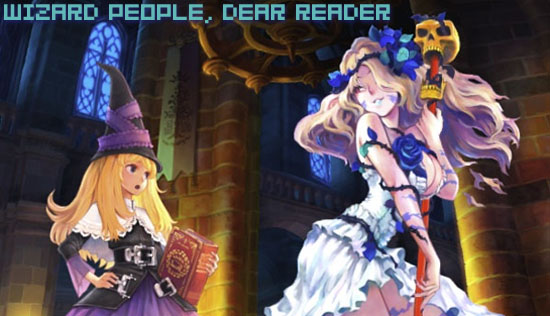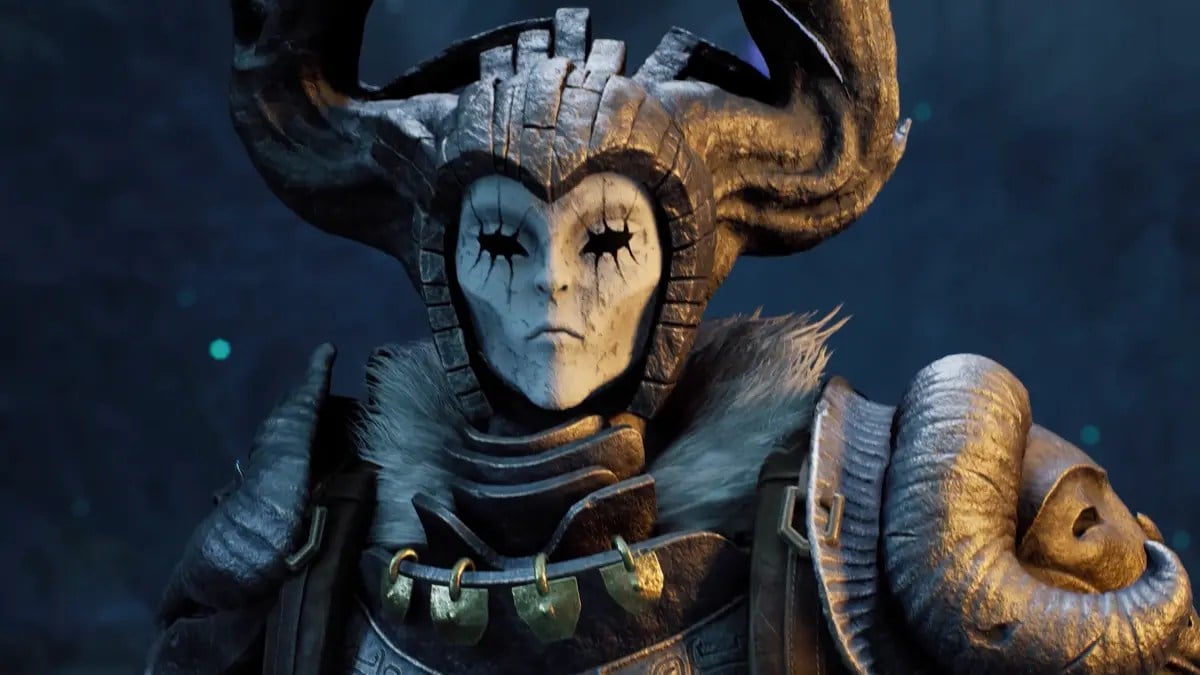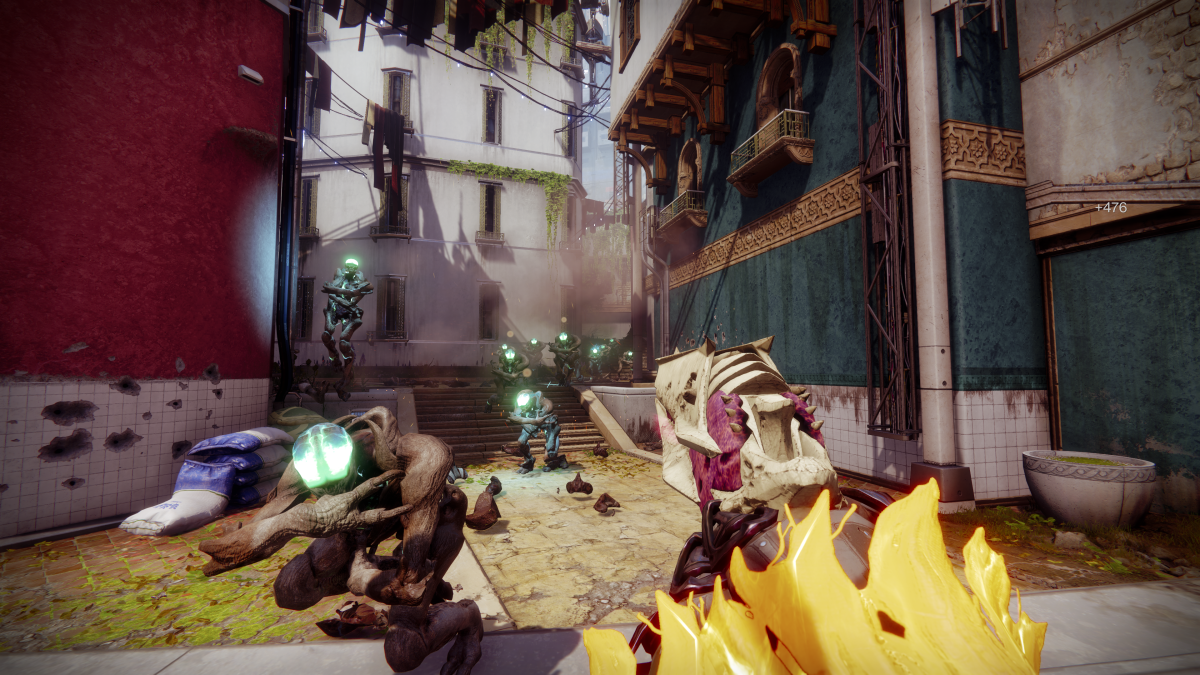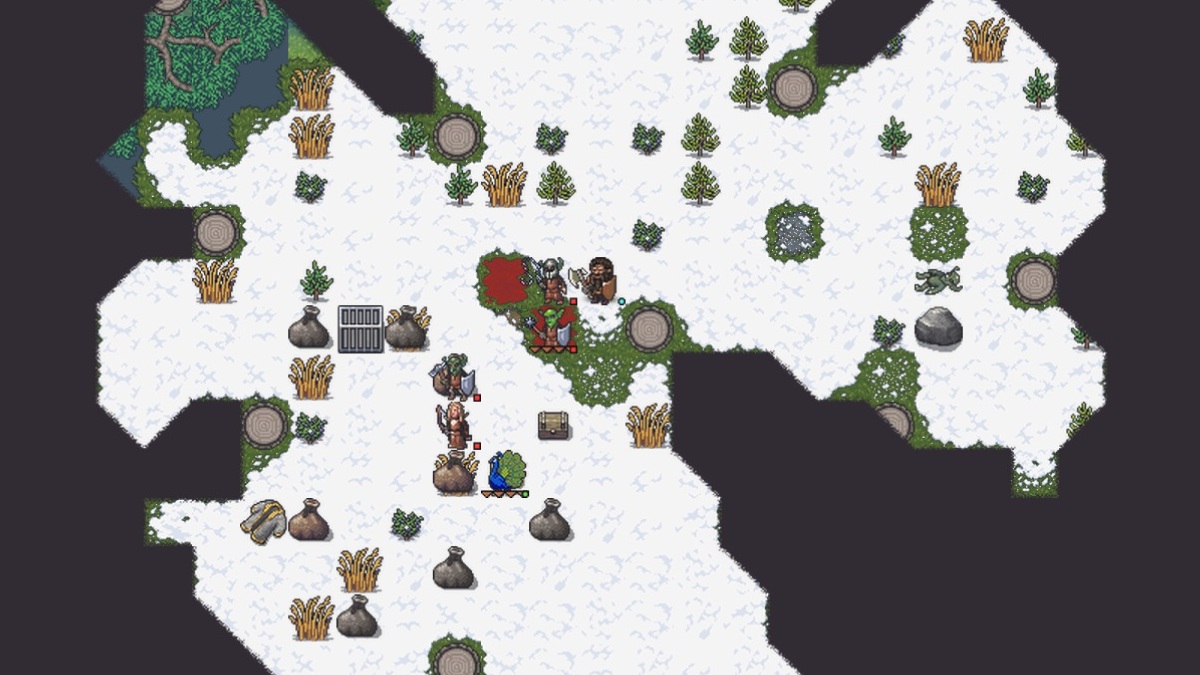Ah, Vanillaware — two games within two months of each other and already they’ve managed to capture the hearts and minds of 2D enthusiasts everywhere. It’s not as though they haven’t earned the affection, either. Vanillaware’s first effort Odin Sphere was a flawed but beautiful game that really showed what these lads were all about, mashing up unparalleled beauty — even among its next-gen brethren — with an unusual take on the beat-’em-up genre that got me thinking what a beat-’em-up ought to look and feel like. After having my ass thoroughly handed to me by the game and my expectations chewed up and spat in my face, my thoughts lingered on Vanillaware’s second project, GrimGrimoire, a side-scrolling 2D real-time strategy.
Could that work? Doesn’t the very notion of such a creation take a figurative crap in the mouth of everything we know the RTS genre to be? Flash forward almost two months, and here we are.
For me, Odin Sphere was a success, but it was a success that took some time to understand; enjoyment required careful reconfiguration of my expectations. I wasn’t going to make the same mistake twice and expect StarCraft out of GrimGrimoire, but I did have some questions. The big one: how much can you monkey with the RTS genre before it becomes something not quite RTS?
Hit the jump for my report.

GrimGrimoire answered that question quick-like, and I’ll issue the same courtesy to all y’all: the game is most certainly a real-time strategy, and the conventions typical of the genre remain intact even in its gussied-up, vertically-oriented outfitting: establish a base, build a slew of units, and send those units to a swift and sticky death to achieve a goal. But the game most certainly takes the genre in some interesting and heretofore unexplored directions, working well not simply in spite of its console roots, but by extension of them. Before we get into that, though, let me introduce you to the world of GrimGrimoire proper.
GrimGrimoire puts you in the boots of one Lillet Blan, a new student at a magic academy for gifted youths — the Silver Star tower, former home of a mighty archmage, repurposed as a school. You’ve probably already read about the myriad parallels drawn between the world and story of GrimGrimoire and that of Harry Potter, and I’ll concede that these comparisons are no mere exaggeration. The game is thick with it — I mean, shit, the headmaster? Bloke what runs the school and took out the archmage years ago to claim the crown of Badassinest Wizard? Goes by Gammel Dore. Plus you’ve got your league of wacky and unpredictable professors, ghosts wandering the halls, unlikely friendships struck between students — yeah, this is Harry Potter, but who gives a shit? You can skip through the cutscenes if it rubs you raw, after all.
Not that the story’s bad, by the by. It’s not. After arriving at the academy and digging into her lessons for five days and nights, Lillet Blan is tossed headlong into a catastrophe of epic proportions: on the fifth night, someone up and releases the Archmage Calvarous, held prisoner long enough to put quite the bunch in his bits, who murders just about everybody in the joint but Lillet. She survives the night, and as the bells toll the late evening, Lillet finds herself back in her room — it’s the first night of her stay at the academy. Throughout the course of her adventure at the academy, Lillet will relive the five days over and over again, trying to find clues to get a grip on the goings-on behind the scenes and eventually put things right.
With the stage set, the campaign eases you into battle bit by bit, like a proper RTS ought to, introducing you gradually to the four schools of magic — Glamour, Necromancy, Sorcery, and Alchemy — and their grimoires, by which you’ll gain access to various familiars, upgrades, and so on. For each of the four schools of magic there are three grimoires, each containing five spells — these grimoires are unlocked slowly over the course of the campaign to help the player become acclimated to their growing rosters of fiends, sprites, and creatures rather than dump everything upon you all at once. Again, similar to any other RTS, GrimGrimoire works by means of a system of resource collection and unit generation. Basic units from each school (elves in Glamour, imps in Sorcery, etc) can be assigned to the task of mining crystals that dot the map in a given mission; the mana collected from these crystals is your one and only currency, and is brought back to your base: a Rune. Runes are GrimGrimoire‘s buildings, where you select upgrades, develop units, and control your steady march towards the enemy’s stronghold.
The balance between these units and the schools they represent is pretty solid, and plays out in a sort of rock-paper-scissors-Spock sort of way. Demons built from Sorcery runes are powerful and have a good deal of HP, but cover ground slowly and can’t damage spectral units, represented by Necromancy. The ghosts and phantoms of that school, on the other hand, are invulnerable to plain physical attacks but devastated by Alchemy’s psychic storms. The amount of interplay between these schools is plentiful but feels somewhat limited after you’ve become intimate with your grimoires and what they’re capable of — once you get the hang of things and have access to a complete library of spells, there’s typically one strong solution for any given problem.
Unlike most RTS games, however, GrimGrimoire doesn’t limit you to a single school of magic. If one were so inclined (and had all of the proper grimoires unlocked), one might lay down Runes from each school at the beginning of the match. Trouble is there are limitations on distances between Runes, and crystals can only be mined by one unit type — once your elves set up shop, only elves can draw mana from the crystal. This arrangement does allow for some pretty interesting strategy, and you might surprise yourself from time to time at the tactics you cook up while you lay waste to the enemies around you.
Playing an RTS on a console — especially one arranged in a side-scrolling, vertically-aligned fashion — can be a little jarring at first, but you get accustomed pretty quick. The game lends a hand in allowing gameplay to be paused at a moment’s notice or with the selection of any individual unit, giving you a moment to take care of those finer details — stocking up the ammo of your Morning Star (think a Protoss Carrier), sending a cadre of Phantoms to take out an enemy cannon, et cetera — without having to worry about getting the snot beaten from you. In a control scheme devoid of the comforts of a mouse and keyboard, these little touches are invaluable, but incomplete — group selection is restricted to a single type of unit and doesn’t allow you to mix and match, for example. On the whole, however, it’s a phenomenal effort that makes a good deal of sense for console play.
I’d be remiss if I didn’t discuss Vanillaware’s would-be trademark: GrimGrimoire, like Odin Sphere, is a staggeringly beautiful game. The sprites that populate its world are elegant, well-animated (using a joint-sprite setup similar to the previous game) and colorful, coming close but not quite exceeding the standard set by its predecessor. One drawback to having the entirety of the unit structures available to you, however, is everything you can send at the enemy will look exactly like what you’ve already seen — there isn’t much variation on the whole, nor is there much by way of unique units. Also, because the plot unfolds within the same five days repeated Groundhog Day style, all battles take place within the Silver Star tower — as such, don’t expect to see much variety in your battlefield tile sets. A little more variety in these departments could’ve gone a long way in seeing the player through to the home stretch.
There’s a lot of polish to appreciate in GrimGrimoire, however, from its clever menu designs to the English voicework which, surprisingly, is very preferable over its Japanese counterpart. The game’s intriguing story is very well edited; there aren’t many forced lines or awkward mutterings to speak of. I’m a sucker for quality localizations, especially when there’s a good story to be told — NIS America definitely put a good deal of work into making a somewhat complicated story function, which is more than you can say for most publishers.
The game offers quite a bit to do. The main campaign will take around fifteen to twenty hours, and as you move through the campaign you are granted access to bonus missions, 25 in all. GrimGrimoire‘s simple yet diabolically addictive style of play, should it hook you proper, will keep you coming back again and again. There’s no multiplayer, but then, this isn’t really a typical RTS. Still, it would sure be swell to be able to ruthlessly beat a couple of friends with the tiny fists of elves and homunculi.
In the end, I found myself hoping that Vanillaware up and make a series of GrimGrimoire, returning to their unusual brand of real-time strategy to clean up its faults, emphasize its brilliance, and just give us more of it. With the proper multiplayer backbone (Xbox Live, for example), this could be a truly great game capable of standing alongside its more traditional PC brethren. As a start, it’s nothing to scoff at — this second US release from the company and third worldwide proves that Odin Sphere was no fluke, that they’re here to stay, and that they deserve and demand your attention.
Verdict: Buy It!
Score: 8.5





